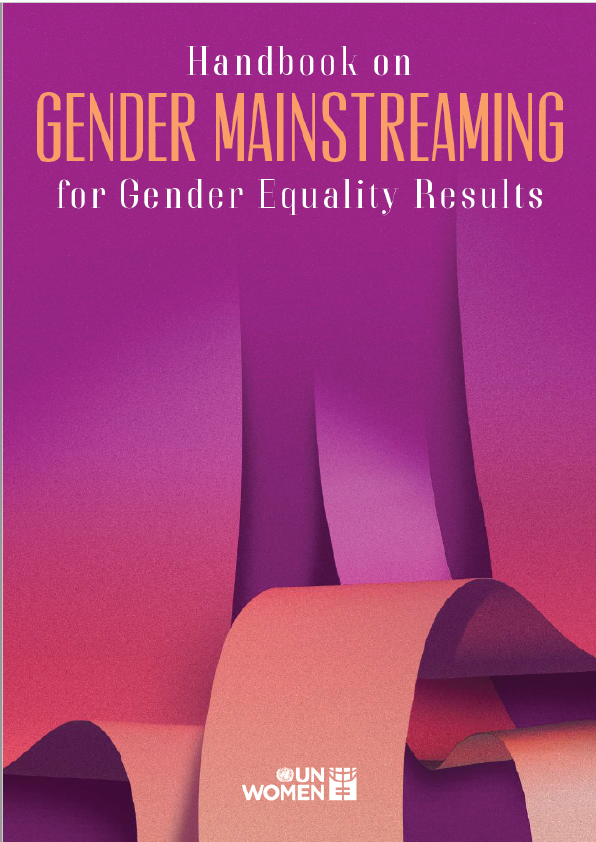Mike Green
The twenty-first century ushered in an era of rapidly evolving new technologies and disruptions of consumer behavior across all industries. New entrepreneurial opportunities were born amid the chaos of industry responses. Barriers to entry were lowered or obliterated. New, fast, and nimble competitors entered the markets. And a new economic paradigm was introduced to media companies that would leave many print news organizations struggling.
View data and charts from Pew Research Center’s Newspapers Fact Sheet, part of its State of the News Media report. The Media Deserts Project also has maps showing the decline of local newspapers in various regions.
On the employee level, industry disruptions have changed what a career means. Since 2004, the industry has contracted 37 percent, from more than 65,000 reporters and editors employed in 2004 to just 41,400 in 2015 (the last year of available data collected by Pew Research and published June 1, 2017). Behind those data is deeper insight; Pew Research will need to gather information for the next publishing cycle because the News Media Alliance (NMA), formerly Newspaper Association of America (NAA), can no longer supply it. Accurate industry research is another victim of the industry-wide upheaval.
No one can expect to get hired anywhere in the country and work for the same company for most of their careers until retirement. That’s a twentieth-century concept rendered obsolete in the first decade of the twenty-first. For media, this is especially true.
Dog Eat Dog
Buying and selling of media companies is consolidating the landscape. The plummeting value of major media properties, like the 140-year-old Washington Post (founded in 1877) that sold for $250 million in 2013, can result in a sale for less than digital newcomers like Huffington Post. Huffington Post was born in 2005 and sold for $315 million to AOL in 2011.
While the Graham family nurtured a multigenerational national media operation for about 68 years that was built on a foundation of award-winning journalism, Arianna Huffington started a blog and generated more market value from it in six years than the Graham family could manage from the Washington Post in decades. In case you’re inclined to think AOL overpaid for Huffington Post, in 2015 the telecom company Verizon bought AOL and all of its media properties for $4.4 billion. By contrast, The New York Times Company was worth $1.8 billion on the market at the time AOL was purchased. Meanwhile, startup media company Vox, at fourteen years old, was valued at $1 billion in late 2016. Today, AT&T hovers over Time Warner (which owns CNN) waiting for the government to approve its $85 billion offer.
The media industry has changed, and journalism is changing too. Gone are the days of college grads cutting teeth at the local level and honing their reporting chops before embarking on a series of tours, from low-wage local jobs to regional, and up the career ladder to higher pay with national news chains. Gone too, is the wall of demarcation that divided the production of editorial news content from the business of operating a media company.
Local media used to be the trusted place where consumers learned about their schools, city council, sports teams, and happenings in their community. But the consolidation of media across the nation has reached the local level. And corporate ownership of local media has ramifications for journalists. Sinclair Broadcast Group is on the verge of purchasing the Tribune Media Company this year. This purchase is sending tremors across the media landscape due to its size and scope.
Before the Sinclair deal can be confirmed, allegations of political bias by the company have been raised. These include requiring stations to carry “must run” segments produced by the corporation and mandatory insertions of political commentary into local news broadcasts. The ability of corporations to purchase media in local markets in bundles is having an impact on the integrity of the journalism profession. The evolution of the industry, as it is being disrupted by new media and new players, introduces uncertainty in the media market and changes the dynamic of the career trajectory for journalists entering the profession.











